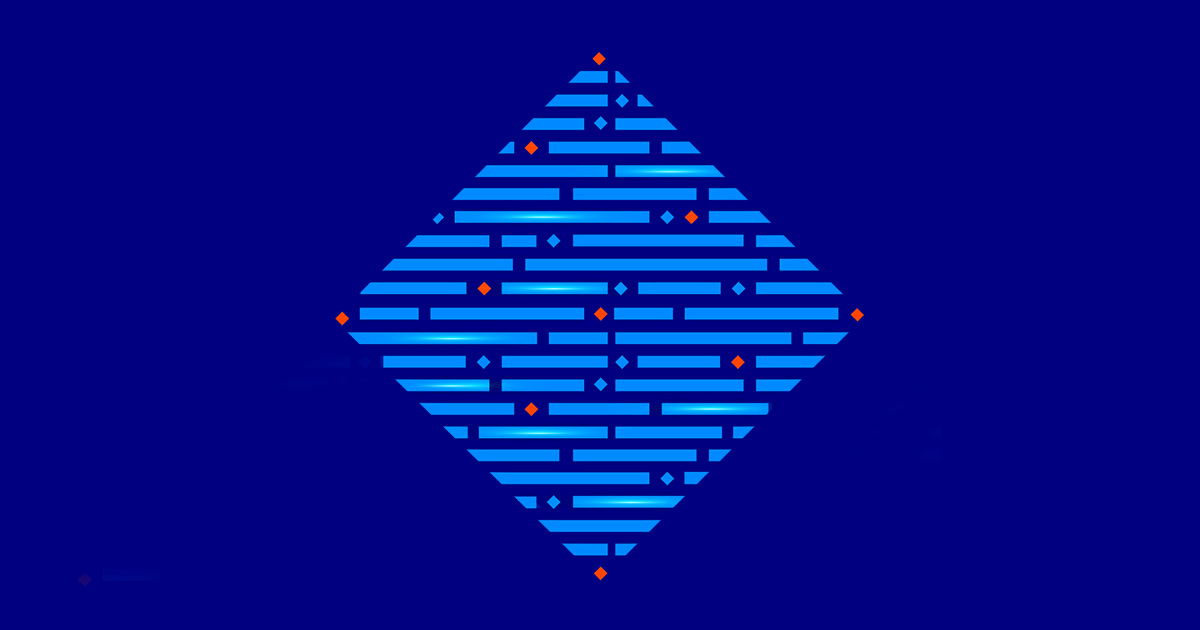Why do developers need static code analysis tools?
Blog|by Leanne Bevan|8 February 2024

Static code analysis is essentially a “code health check” done without actually running the code. Imagine examining a car’s engine by just looking at its parts and not taking it on a test drive. It’s an analysis technique that helps developers find potential issues and improve the quality, security, and efficiency of their code.
Developers need static code analysis for several crucial reasons:
Early problem detection: Static analysis examines code without executing it, allowing developers to find potential issues like bugs, security vulnerabilities, and code smells before running the code. This means catching problems early when they’re easier and cheaper to fix. Imagine finding a typo in a document before printing hundreds of copies – static analysis works similarly for code.
Improved code quality: Static analysis tools enforce coding standards and guidelines, promoting consistent and clean code. This makes code easier to understand, maintain, and modify for both the original developer and others working on the project later.
Enhanced security: Many security vulnerabilities stem from coding issues like improper input validation or insecure data handling. Static analysis tools can identify these vulnerabilities, helping developers build more secure applications and reducing the risk of breaches.
Increased efficiency: By catching errors early, static analysis saves developers time and effort in debugging and fixing issues later in the development lifecycle. This can significantly improve development speed and efficiency.
Compliance assurance: In some industries, like healthcare or finance, software needs to comply with specific regulations. Static analysis tools can help identify potential compliance violations, ensuring the code adheres to relevant standards.
Additional benefits:
- Reduced maintenance costs: Well-written, clean code with fewer bugs means lower maintenance costs in the long run.
- Improved team collaboration: Consistent code style and fewer errors make it easier for different developers to work on the same project collaboratively.
- Focus on innovation: Fixing fewer bugs frees up developer time for more creative and innovative work.
It’s important to note that static analysis isn’t a silver bullet. It complements other testing methods like dynamic testing and code review, not replaces them. Also, some false positives might require developer judgment, but the overall benefits outweigh the limitations.
Static code analysis tools
Grey Matter offers Qodana by JetBrains. The Qodana static analysis engine enriches CI/CD pipelines with all of the smart features from JetBrains IDEs. The platform provides an overview of project quality and lets you set quality targets, track progress, and automate routine tasks like code reviews. Qodana supports 60+ languages and technologies including JavaScript, Java, Kotlin, PHP, .NET, Python, and Go.
Need a static code analysis tool? Fill in the contact form below and a member of our team can help.
Contact Grey Matter
If you have any questions or want some extra information, complete the form below and one of the team will be in touch ASAP. If you have a specific use case, please let us know and we'll help you find the right solution faster.
By submitting this form you are agreeing to our Privacy Policy and Website Terms of Use.
Leanne Bevan
Related News
Cyber Assessment Framework
What is the Cyber Assessment framework? The Cyber Assessment Framework (CAF), developed by the UK’s National Cyber Security Centre (NCSC), is a structured approach designed to help you assess and improve your cyber resilience, particularly if you’re responsible for critical...
Design Smarter, Not Harder: What’s New in Adobe Creative Cloud
In May 2025, Adobe Creative Cloud rolled out powerful updates across its suite of tools, with a strong focus on AI-driven creativity, speed, and collaboration. For small and medium-sized businesses (SMBs), these updates aren’t just bells and whistles-they’re game-changers that...
Readying your cloud migration: operating models and Azure landing zones
Learn how to migrate to the cloud in episode five of our Azure series. Previously, we covered the why and what of your migration and walked you through some helpful tools to help you understand the cost of your migration....
Grey Matter celebrates double win at ESET UK Partner Awards
Recognition for our partnership engagement at the ESET UK Partner Awards We are thrilled to announce that we have been named Engagement Partner of the Year at the ESET UK Partner Awards 2025. This recognition highlights our unwavering commitment to...